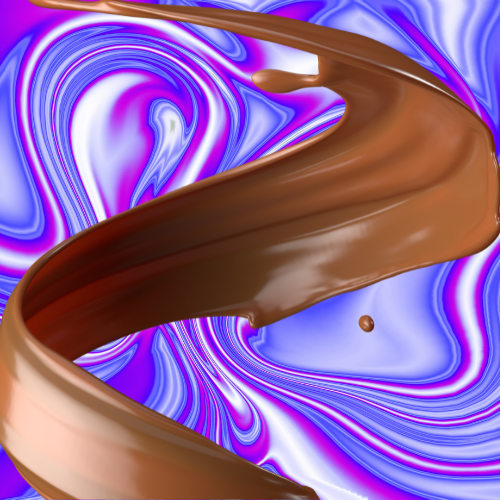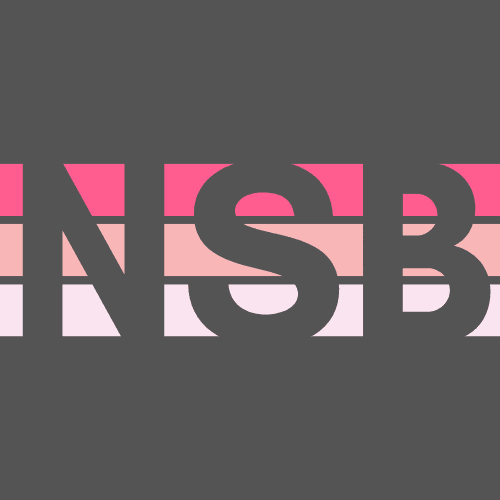Cacao provides a wonderful subtle high, dropping us into more sustainable states of transcendence. Its medicine moves us to go beyond the barriers into a deeper experience of love.
In its raw form, chocolate is much more potent than the processed candy hearts found in today’s supermarkets.
What cacao does do is relax the body’s muscles, increase the brain’s uptake of ‘feel-good chemicals’ such as theobromine, serotonin and anandamide. It contains more antioxidants than most foods and shares some commonalities in molecular structure found in substances such as MDMA, cannabis and psilocybin.
Whilst cacao can definitely be classified as a nootropic medicine, it is not a psychedelic. Cacao provides a wonderful subtle high, dropping us into more sustainable states of transcendence. Its medicine moves us to go beyond the barriers into a deeper experience of love.
Philosopher and neuroscientist James Giordano comments, “Cacao is neuroactive, not strongly psychoactive.”
It can also be an amazing support for integration during or after a psychedelic experience. Studies report that psilocybin users find cacao ‘enhances their psychedelic experience, alleviating some of the anxiety of having a difficult ‘trip.’
Interestly enough, the Aztec name for psilocybin is ‘Flesh of the Gods.’ This close semblance to Theobroma Cacao or ‘Food of the Gods’ suggests a relationship between the two. Bernardino de Sahagun, a Fransiscan missionary, reported that the Aztecs ‘drank chocolate during the night’ and ‘ate the mushrooms with honey.’
A full ceremonial dose of cacao, recommended only for shamanic ritual purposes, is between 40g-50g. The mental and physical sensations of this kind of experience could be termed ‘feeling high’.
In conclusion Cacao is not a psychoactive substance.



